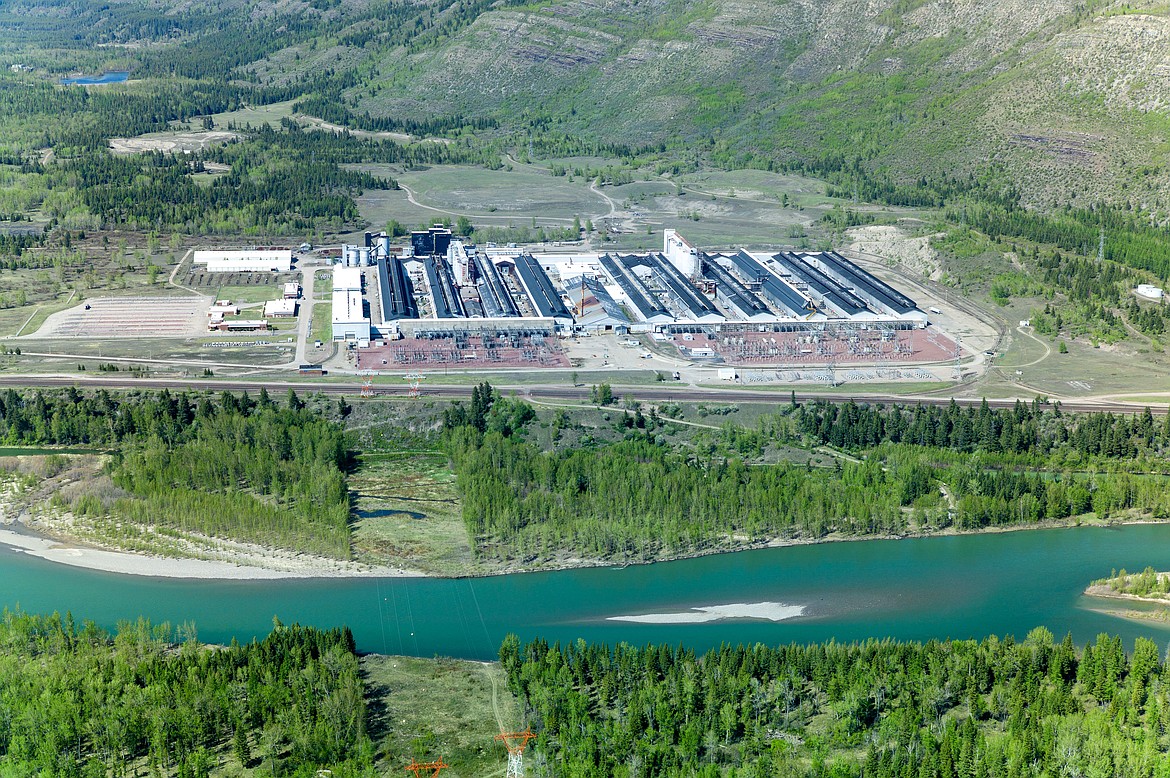Update: EPA will have office hours on CFAC remotely
The Environmental Protection Agency will host office hours in Columbia Falls from 10 a.m. to noon and 1 p.m. to 4 p.m. Feb. 19 remotely for people who have questions about the Columbia Falls Aluminum Company.
The EPA was going to have them at the Columbia Falls Library, but bad weather has snarled travel.
Now the availability is through Microsoft teams or by calling 406-247-0520, 105 310 924#)
Matt Dorrington, the project manager for the EPA will be on hand to answer questions on the Columbia Falls Aluminum Co. Record of Decision, which details the plan to mitigate and clean up the Superfund site at the base of Teakettle Mountain where the aluminum plant once stood.
Anyone with questions is encouraged to call or contact him through the link.
In addition, the CFAC community liaison panel will meet on March 5, from 6-8 p.m. at The Hub Downtown in Columbia Falls. The panel is made up of CFAC officials, local and state stakeholders and representatives, the EPA and others. The meeting is also open to the public.
The next step in the formal Superfund process is to send a special notice letter to Glencore and the Atlantic Richfield Co, Dorrington said.
The letter will invite the parties to negotiate the consent decree for cleanup with the EPA. Once a decree is agreed upon, there is a public comment period. The decree is a legal document that outlines the cleanup and the responsibilities of the parties.
The entire process will likely take about a year.
ARCO was a former owner of the plant and is partially responsible for the cleanup costs. Glencore, the parent company of CFAC, currently owns the site.
After that, the project would go into a design phase and then a cleanup, which would likely take a couple of years of work.
The record of decision largely mirrors a previously released proposed action for the Superfund site and has been years in the making. The site was first listed as a Superfund site in 2016.
The public, by a large margin, wanted the waste dug up and hauled away by train to an approved landfill in Oregon, at least initially. Then a local group called the Coalition for the Clean CFAC called for another alternative that would basically consolidate the waste onsite in one large landfill.
That idea was ultimately rejected as was hauling the waste away.
The EPA and Glencore, both noted that hauling the waste away was extremely expensive, with an estimated cost of $624 million to $1.2 billion. EPA officials also noted that even if it was dug up, there was no guarantee that they could get it all, so in essence, there would still be dumps at the site.
Both the sludge pond and west landfill, which look like grassy meadows today, are leaching high amounts of cyanide and fluoride into the groundwater from spent potliner waste that was buried decades ago. Spent potliner is the carbon material at the bottom of the pots where the aluminum was smelted.
Cyanide and fluoride are two contaminants common to aluminum plants across the Northwest U.S.
The slurry wall would be a 3-foot thick wall 100 to 125 feet deep of bentonite and soil designed to contain the waste.
If the wall is found to leak, then monitoring wells will draw the water to the surface and it will be treated and then returned to the water table.
The plan also calls for capping both the wet scrubber sludge pond and the west landfill.
Groundwater at the site would also see long term monitoring.
The Cedar Creek overflow ditch would also be lined so that it doesn’t seep into groundwater. The ditch, which runs from the Cedar Creek Reservoir, runs through the property in a concrete sluice.
The decision also calls for a suite of monitoring wells on the site, as some members of the public and past employees have said there were other areas where hazardous waste was dumped.
Outside of the actual dumps, there’s about 2,000 acres of land that remains rather idyllic, with forests and meadows.
Columbia Falls developer Mick Ruis has agreed to purchase the property sans waste dumps, from Glencore, with plans to eventually make it a housing development.

